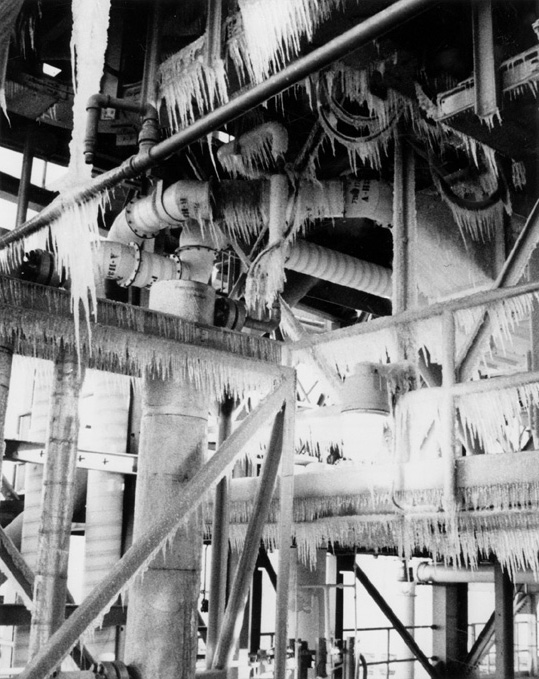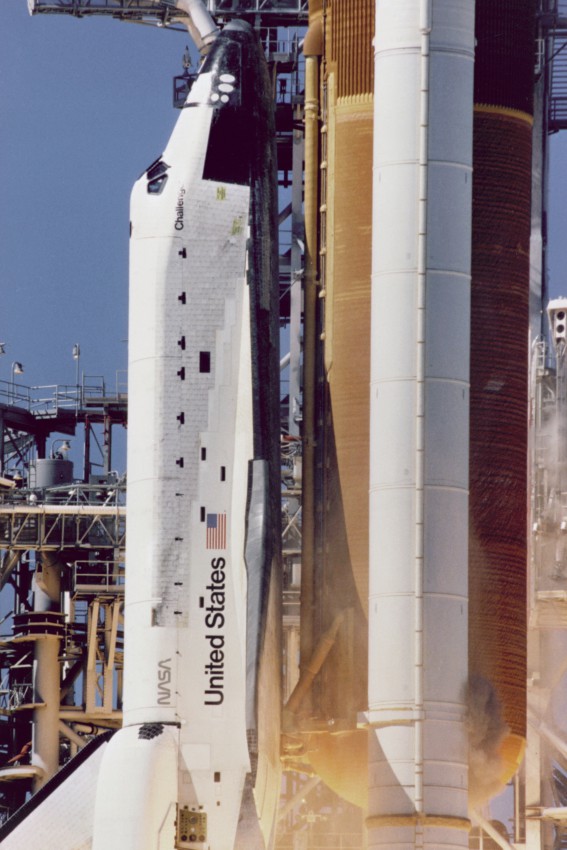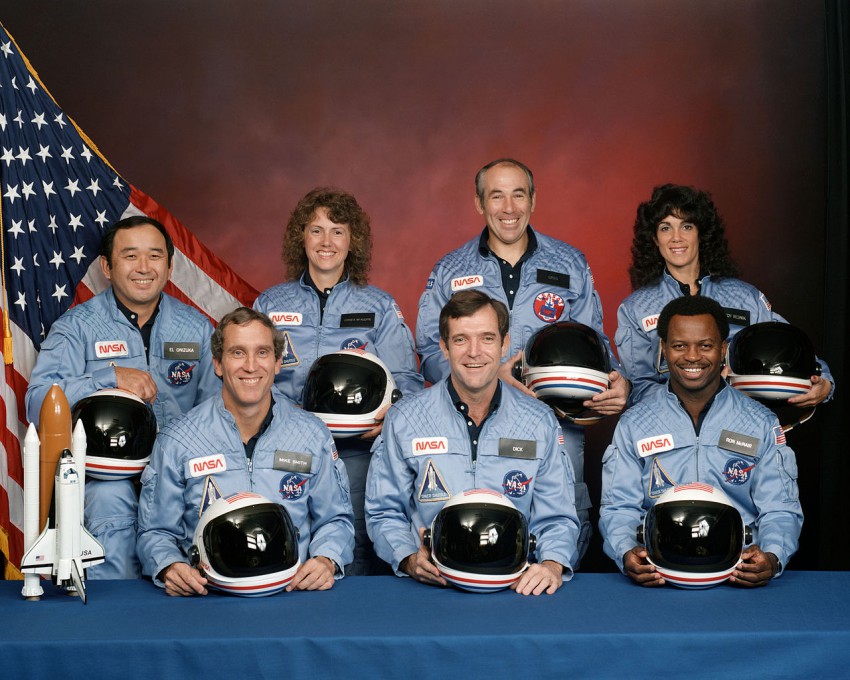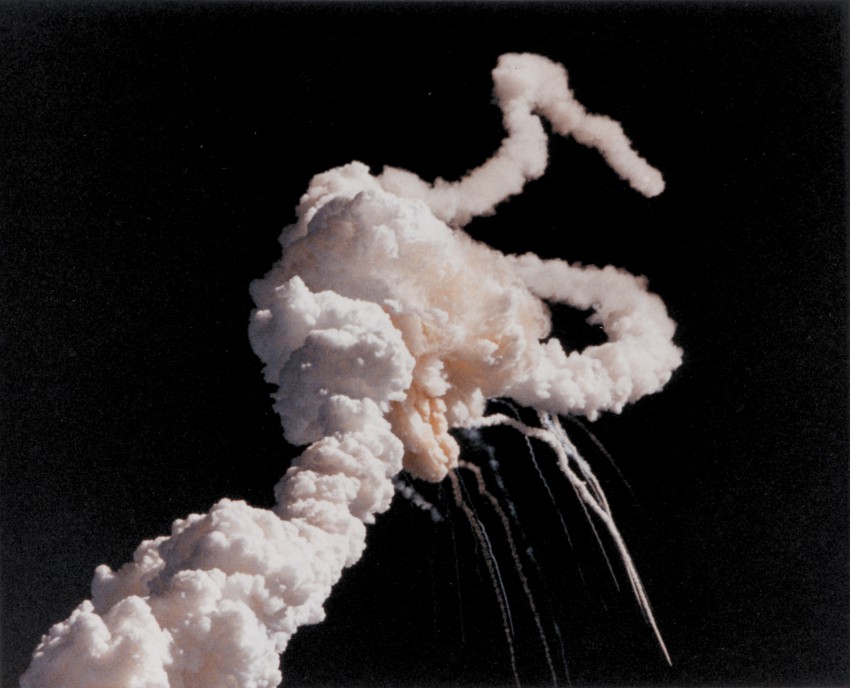It was three decades ago this week that millions of Americans watched in horror on live TV as the Space Shuttle Challenger exploded just 73 seconds after launch from Cape Canaveral in Florida. A subsequent investigation into the cause found several failures in management and communication both within NASA and with the booster rocket manufacturers. But the weather also played a critical role in the malfunction that brought about the tragic end of Challenger and her crew.
The Challenger disaster happened on the morning of January 28, 1986, but the mission was originally scheduled to launch six days earlier. However, the previous shuttle mission had been delayed, forcing back the Challenger launch to January 25. While the weather was good in Florida that day, it was poor in Dakar, Senegal, a landing site that would have been used in case the shuttle had to abort its mission just after launch. As a result, the launch was delayed again. A January 26 launch was scrubbed early based on official forecasts for bad weather at Cape Canaveral, even though the forecast turned out to be wrong, and the day proved tranquil. On January 27, the crew was loaded into the shuttle, but a technical malfunction with the shuttle’s hatch caused NASA to miss its launch window.

On the night of the 27th, a blast of arctic air descended upon the eastern half of the United States, with the unusually cold air making its way all the way down into central Florida. The closest observation station to Cape Canaveral is Melbourne, Florida, about 20 miles away. The temperature the morning of the launch dropped all the way to 26°F (-3.3°C), which is still the record low for that date, and 24 degrees below the average low temperature. It’s believed the temperature was even colder at the launch site, dropping to 22°F (-5.5°C). The extreme cold caused ice to build up on the launch pad, raising the concern of engineers who feared the ice could damage the shuttle and the rockets. But crews cleared the ice, and NASA decided to go forward with the launch at 11:38 a.m. EST. By then, the temperature had climbed to 36°F (2.2°C), just above freezing but still the lowest temperature ever for a launch by 15 degrees.

Everything initially seemed normal when Challenger took off from Kennedy Space Center, but the launch triggered the fatal flaw that would destroy the shuttle in less than two minutes. The O-ring on one of the solid rocket boosters had failed, allowing hot gases to escape that eventually triggered the explosion. It was determined that the extreme cold that morning caused the O-ring to become hard and brittle, leading it to break during launch. Several engineers had expressed concerns about the vulnerable O-rings because they had never been tested at temperatures below 40°F, but managers overruled them, and the fateful flight went forward.
The disaster claimed the lives of all seven crew members on the doomed shuttle, including high school teacher Christa McAuliffe, who was onboard as part of a special NASA project to inspire both students and fellow teachers about math, science, and space. Because of the increased publicity, many school children and millions of people across the country were watching when Challenger disintegrated in the sky. It would be more than two years until the next space shuttle mission, during which time new protocols were put into place, including forbidding launches when the temperature dropped below 33 degrees within the prior 24 hours.

